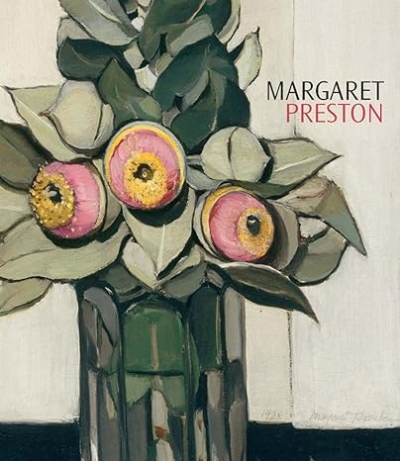Indigenous art
Protecting Indigenous Art: From T-shirts to the flag by Colin Golvan
by Gabriella Coslovich •
Margaret Preston by Deborah Edwards (with Rose Peel et al.) & The Prints of Margaret Preston by Roger Butler
by Damian Smith •
Papunya: A place made after the story: The beginnings of the Western Desert painting movement by Geoffrey Bardon and James Bardon
by Tim Bonyhady •




